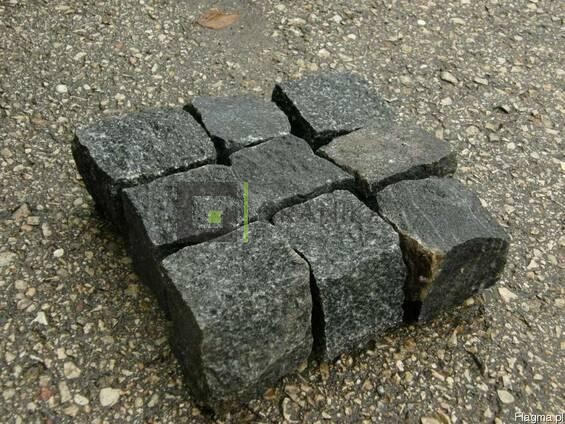Employing Western Red Cedar Lumber for Outdoor Fences and terraces
페이지 정보

본문
Vast vast and diverse forests of North America offer many options for имитация под брус beautiful building materials, one of which is Western Red Cedar. However, on the western seaboard of the continent, a much in-demand choice is available – Redwood wood.
 Pacific Redwood is particularly famous for its stunning appearance and durable resistance to harsh conditions, making it an attractive choice for outdoor projects like fences and outdoor rooms.
Pacific Redwood is particularly famous for its stunning appearance and durable resistance to harsh conditions, making it an attractive choice for outdoor projects like fences and outdoor rooms.
Perks of Redwood Timber
When it comes to outdoor projects, one of the primary concerns is the resistance to warpage. Redwood wood easily exceeds most commonly used woods in this area, thanks to its unique oil-based content. This water-resistant property protects Redwood from humidity, warping, and discoloration, significantly extending its duration.
Despite this, Redwood does preserve a organic beauty that adds plenty of warmth to any exteriors setting.
A bonus of choosing Redwood for exteriors projects is the low maintenance required. When exposed to the elements, most woods can deteriorate quickly, necessitating frequent repainting or renewing. Redwood seems to bypass this tendency, weathering naturally over time to adopt a beautiful mocha patina.
Furthermore, its organic resistance to insects and rot reduces on the time and effort required for maintenance of the fence or wall.
Design Alternatives
While considering using Redwood for exteriors fences and outdoor rooms, it's essential to assess the entire aesthetic range of your exterior spaces. A seamless, single-colored effect can be produced by integrating Redwood verticals with beautifully stained wood trim and decorative features. Another innovative approach is selecting from various wood grain patterns – and applying a combination of transparent and solid staining techniques – to create intricate visual designs for your pathway or garden.
Potential Drawbacks
Before employing Redwood for your fencing or outdoor room projects, you should keep some circumstances in mind. Initially, while its superior rot-resistance makes it highly long-lasting, proper setup is still crucial to guarantee stability and longevity. Improperly fitted boards can invite water damage, shorten the lifespan of your fence, and eliminate the cost-effectiveness of the material.
Another factor is regional availability and expense. Local Redwood shortages, growing demand, or even certain transportation restrictions can momentarily make the wood less accessible or even more costly. Once any potential supply chain-related issues have been accounted for, it's essential to evaluate the Redwood for signs of distortion or blemishes that could negatively impact its performance.
Summary
Using Redwood for your exteriors fencing or wall needs provides a multitude of advantages, ranging from striking visual appeal to decreased upkeep and upkeep. However, it's critical to comprehend regional requirements and regulations, evaluate specific uses in various design scenarios, and consider for unique costs within your area. When treated with the respect and care it deserves, Redwood is sure to stand the test of time while enhancing the surrounding ambiance.
 Pacific Redwood is particularly famous for its stunning appearance and durable resistance to harsh conditions, making it an attractive choice for outdoor projects like fences and outdoor rooms.
Pacific Redwood is particularly famous for its stunning appearance and durable resistance to harsh conditions, making it an attractive choice for outdoor projects like fences and outdoor rooms.Perks of Redwood Timber
When it comes to outdoor projects, one of the primary concerns is the resistance to warpage. Redwood wood easily exceeds most commonly used woods in this area, thanks to its unique oil-based content. This water-resistant property protects Redwood from humidity, warping, and discoloration, significantly extending its duration.
Despite this, Redwood does preserve a organic beauty that adds plenty of warmth to any exteriors setting.
A bonus of choosing Redwood for exteriors projects is the low maintenance required. When exposed to the elements, most woods can deteriorate quickly, necessitating frequent repainting or renewing. Redwood seems to bypass this tendency, weathering naturally over time to adopt a beautiful mocha patina.
Furthermore, its organic resistance to insects and rot reduces on the time and effort required for maintenance of the fence or wall.
Design Alternatives
While considering using Redwood for exteriors fences and outdoor rooms, it's essential to assess the entire aesthetic range of your exterior spaces. A seamless, single-colored effect can be produced by integrating Redwood verticals with beautifully stained wood trim and decorative features. Another innovative approach is selecting from various wood grain patterns – and applying a combination of transparent and solid staining techniques – to create intricate visual designs for your pathway or garden.
Potential Drawbacks
Before employing Redwood for your fencing or outdoor room projects, you should keep some circumstances in mind. Initially, while its superior rot-resistance makes it highly long-lasting, proper setup is still crucial to guarantee stability and longevity. Improperly fitted boards can invite water damage, shorten the lifespan of your fence, and eliminate the cost-effectiveness of the material.
Another factor is regional availability and expense. Local Redwood shortages, growing demand, or even certain transportation restrictions can momentarily make the wood less accessible or even more costly. Once any potential supply chain-related issues have been accounted for, it's essential to evaluate the Redwood for signs of distortion or blemishes that could negatively impact its performance.
Summary
Using Redwood for your exteriors fencing or wall needs provides a multitude of advantages, ranging from striking visual appeal to decreased upkeep and upkeep. However, it's critical to comprehend regional requirements and regulations, evaluate specific uses in various design scenarios, and consider for unique costs within your area. When treated with the respect and care it deserves, Redwood is sure to stand the test of time while enhancing the surrounding ambiance.
- 이전글연금수령쉽게 접하는 이 음료 심장 부담에 심하면 돌연사까지 25.03.28
- 다음글Все преимущества наших финансовых продуктов для вас. 25.03.28
댓글목록
등록된 댓글이 없습니다.













